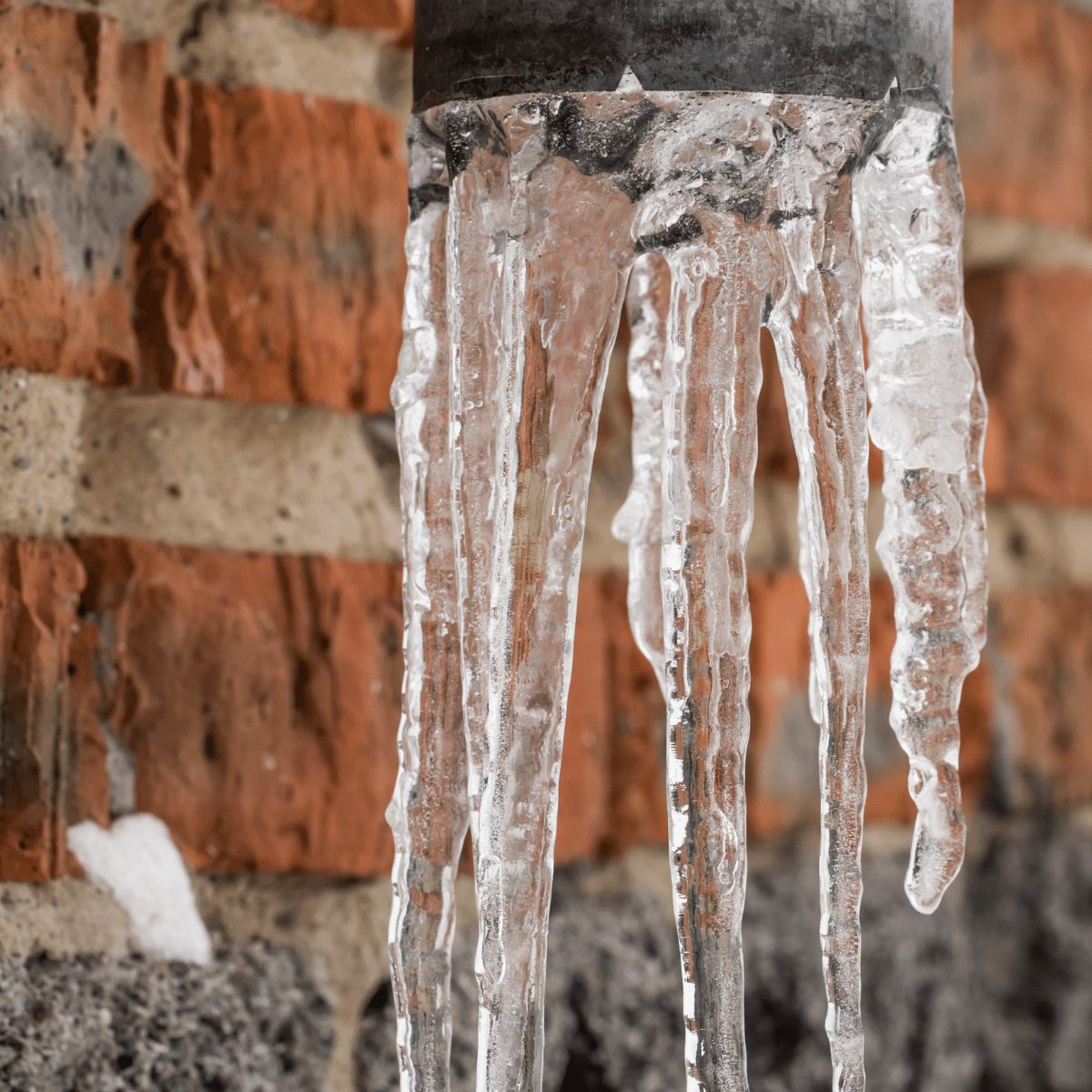Tips to Keep Your Pipes from Freezing Damage: Crucial Guidance
Tips to Keep Your Pipes from Freezing Damage: Crucial Guidance
Blog Article
This article underneath about Winter Plumbing Precautions: Preventing Frozen Pipes is relatively entertaining. You should see for yourself.

Cold weather can ruin your plumbing, specifically by freezing pipelines. Below's how to prevent it from taking place and what to do if it does.
Introduction
As temperature levels drop, the threat of icy pipelines boosts, potentially resulting in costly fixings and water damage. Understanding exactly how to prevent icy pipelines is vital for property owners in chilly environments.
Comprehending Icy Pipelines
What causes pipes to ice up?
Pipelines freeze when subjected to temperature levels listed below 32 ° F (0 ° C) for extended periods. As water inside the pipes ices up, it expands, putting pressure on the pipe walls and possibly triggering them to break.
Risks and damages
Icy pipes can lead to water supply disruptions, residential property damage, and expensive fixings. Burst pipes can flooding homes and create comprehensive structural damage.
Signs of Frozen Pipes
Identifying frozen pipelines early can stop them from rupturing.
How to recognize icy pipes
Seek reduced water circulation from faucets, uncommon odors or sounds from pipes, and noticeable frost on exposed pipes.
Avoidance Tips
Insulating prone pipes
Wrap pipelines in insulation sleeves or utilize heat tape to secure them from freezing temperature levels. Focus on pipelines in unheated or exterior areas of the home.
Heating techniques
Maintain interior spaces adequately heated, particularly areas with pipes. Open up cupboard doors to permit cozy air to flow around pipelines under sinks.
Shielding Exterior Pipes
Yard tubes and exterior taps
Detach and drain garden hoses before winter months. Mount frost-proof faucets or cover outdoor taps with protected caps.
What to Do If Your Pipelines Freeze
Immediate actions to take
If you believe icy pipelines, maintain taps available to soothe pressure as the ice melts. Make use of a hairdryer or towels soaked in warm water to thaw pipelines slowly.
Long-Term Solutions
Structural modifications
Take into consideration rerouting pipelines away from exterior wall surfaces or unheated areas. Add extra insulation to attic rooms, cellars, and crawl spaces.
Upgrading insulation
Purchase high-grade insulation for pipelines, attic rooms, and wall surfaces. Appropriate insulation helps preserve regular temperature levels and decreases the threat of icy pipes.
Conclusion
Protecting against icy pipes requires positive procedures and quick actions. By recognizing the causes, indicators, and safety nets, property owners can protect their pipes during cold weather.
5 Ways to Prevent Frozen Pipes
Drain Outdoor Faucets and Disconnect Hoses
First, close the shut-off valve that controls the flow of water in the pipe to your outdoor faucet. Then, head outside to disconnect and drain your hose and open the outdoor faucet to allow the water to completely drain out of the line. Turn off the faucet when done. Finally, head back to the shut-off valve and drain the remaining water inside the pipe into a bucket or container. Additionally, if you have a home irrigation system, you should consider hiring an expert to clear the system of water each year.
Insulate Pipes
One of the best and most cost-effective methods for preventing frozen water pipes is to wrap your pipes with insulation. This is especially important for areas in your home that aren’t exposed to heat, such as an attic. We suggest using foam sleeves, which can typically be found at your local hardware store.
Keep Heat Running at 65
Your pipes are located inside your walls, and the temperature there is much colder than the rest of the house. To prevent your pipes from freezing, The Insurance Information Institute suggests that you keep your home heated to at least 65 degrees, even when traveling. You may want to invest in smart devices that can keep an eye on the temperature in your home while you’re away.
Leave Water Dripping
Moving water — even a small trickle — can prevent ice from forming inside your pipes. When freezing temps are imminent, start a drip of water from all faucets that serve exposed pipes. Leaving a few faucets running will also help relieve pressure inside the pipes and help prevent a rupture if the water inside freezes.
Open Cupboard Doors
Warm your kitchen and bathroom pipes by opening cupboards and vanities. You should also leave your interior doors ajar to help warm air circulate evenly throughout your home.

We are very fascinated by How to prepare your home plumbing for winter weather and I am assuming you liked the new blog entry. Sharing is nice. Helping people is fun. Thanks a lot for your time invested reading it.
Go Services Report this page